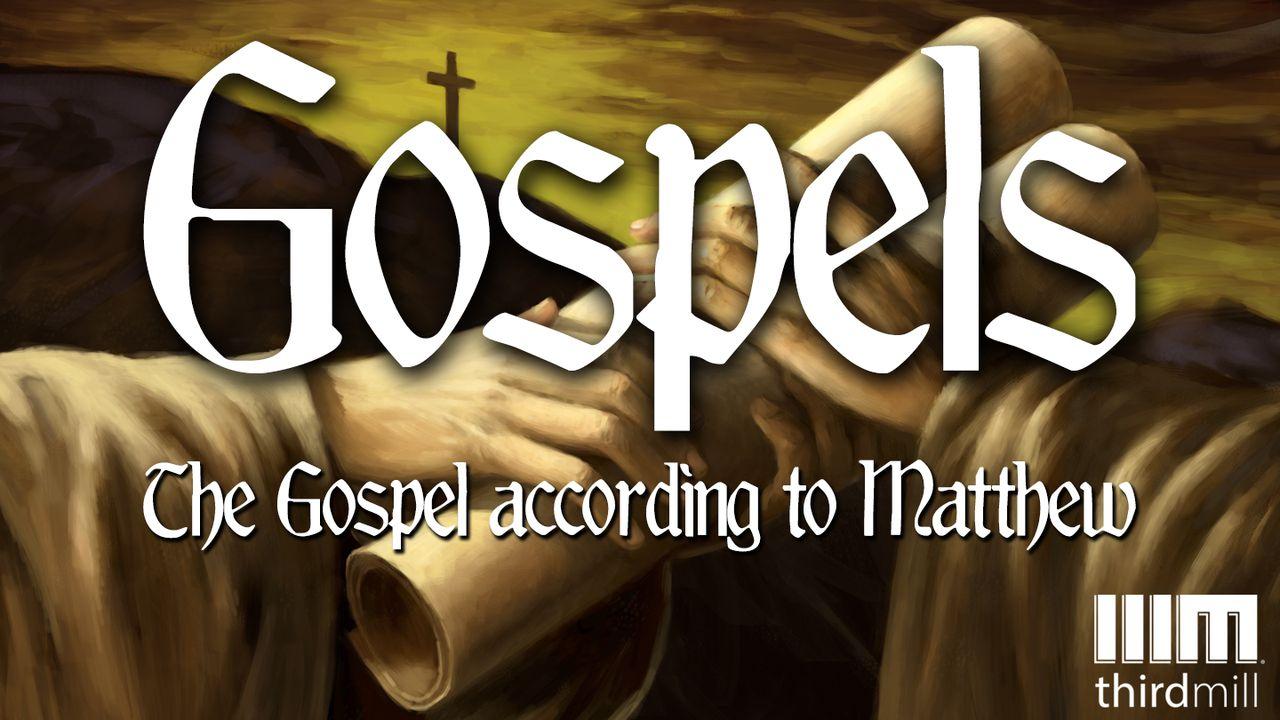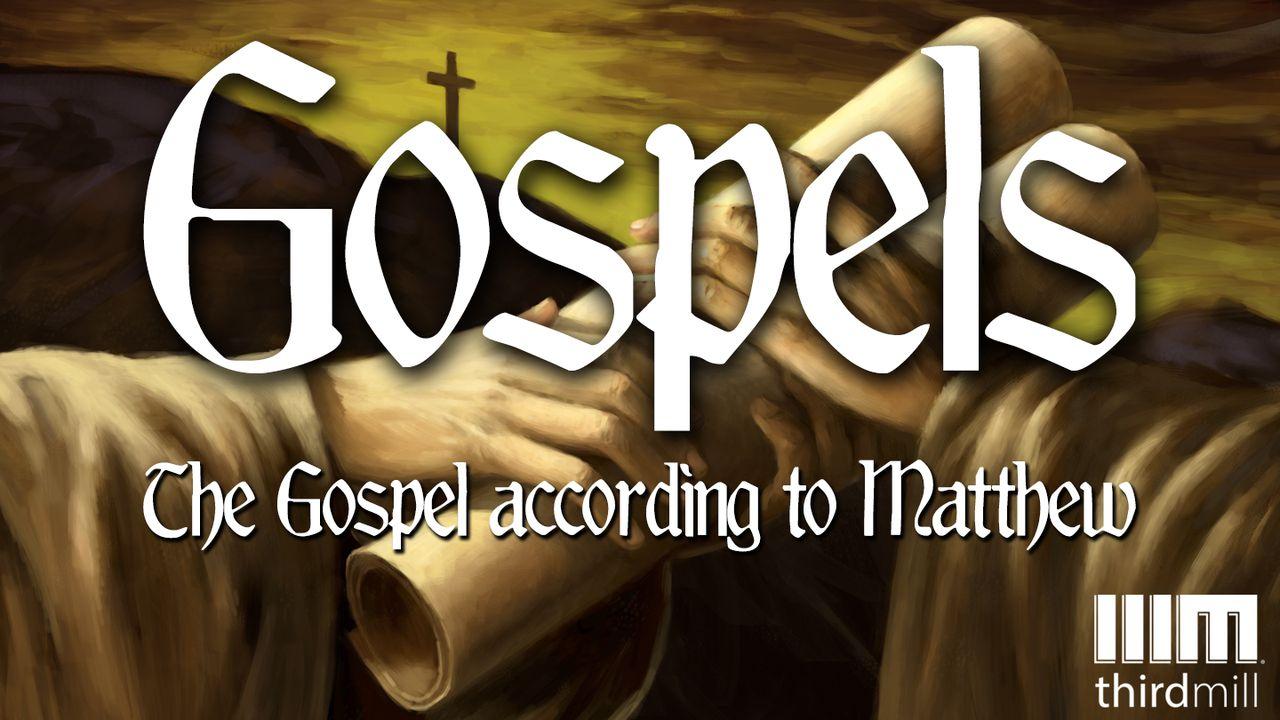読書プラン情報
The Gospel According To Matthewサンプル

Jesus’ Miracles and Reactions: Matthew 8:1-9:38
The narrative runs from Matthew 8:1–9:38. It consists of stories about Jesus’ miracles and the reactions that different people had to his miracles.
This narrative section divides into eleven segments involving Jesus and a leper in 8:1-4, a centurion’s servant in 8:5-13, Peter’s mother-in-law in 8:14-17, a storm in 8:18-27, two demoniacs in 8:28-34, a paralytic in 9:1-8, tax collectors and sinners in 9:9-17, a girl and a woman in 9:18-26, two blind men in 9:27-31, and another demoniac in 9:32-34. Then this section ends with a depiction of Jesus’ compassion in 9:35-38.
Time will only permit us to make a few observations about these events in Jesus’ life. He exercised his kingdom power over sickness by healing a leper in 8:1-4, a centurion’s servant in 8:5-13, and Peter’s mother-in-law in 8:14-17, a paralytic in 9:1-8, a hemorrhaging woman in 9:20-22, and two blind men in 9:27-31.
He also brought a dead girl back to life in Matthew 9:18-26, proving that he even had power and authority over death itself. Jesus demonstrated his control over nature by calming the storm in Matthew 8:23-27.
Beyond this, Jesus demonstrated his power over the kingdom of Satan by driving demons out of two men who lived among the tombs in Matthew 8:28-34, and out of a man who couldn’t speak in 9:32-34. The call of Matthew as a disciple introduces a larger segment in dealing with Jesus’ association with tax collectors and sinners in 9:9-17. Jesus called Matthew to leave his life as a tax collector and to begin a new life. This change was nothing short of a miracle. The transformation of tax collectors and sinners was so astonishing that Matthew immediately moved to Jesus feasting with tax collectors and sinners so much that he had to explain the reason for their joy.
In addition to focusing on Jesus’ power, Matthew also called attention to the crowds’ reaction to Jesus’ power. Simply put, they were amazed. We see this in places like Matthew 8:27, 34, and 9:8, 26, 31, and 33. And their amazement most commonly led them to oppose Jesus.
Some opposed Jesus simply by disbelieving. Others — especially the Jewish leaders — criticized him openly. Some feared Jesus, as in Matthew 8:34. Others were horrified and shocked, as in Matthew 9:3. Occasionally, the opposition to Jesus seems to have been well-intentioned, as in 9:14 — though it was still wrong. And sometimes people opposed Jesus because they willfully rejected what they knew to be true, as in Matthew 9:34. Sadly, opposition to Jesus became more and more prominent as Jesus’ ministry continued.
Matthew closed this narrative section on Jesus’ powerful miracles in 9:35-38 by describing Jesus’ compassion for the crowds. Consider this account in Matthew 9:36-38:
> When he saw the crowds, he had compassion on them, because they were harassed and helpless, like sheep without a shepherd. Then he said to his disciples, “The harvest is plentiful but the workers are few. Ask the Lord of the harvest, therefore, to send out workers into his harvest field.”
Jesus understood that one reason his people did not receive him as king was that they had been mistreated and poorly taught by many of their leaders. But he also knew that his miracles were softening their hearts, and inclining them to follow him. So he instructed his disciples to pray that God would raise up evangelists and righteous leaders — men who would bring the lost into God’s heavenly kingdom on earth, and teach them how to be its righteous citizens.
この読書プランについて

This reading plan explores the first Gospel. This Gospel explains that Jesus was the king of Jews that brought the kingdom of heaven, even though Jesus didn't arrive in the way people expected.

